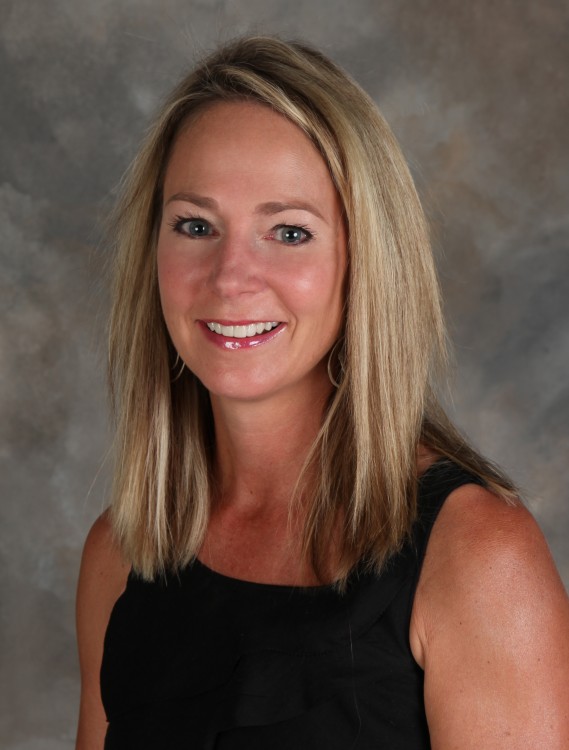
Download PDF
Biography
Using allegory, icon, and metaphor, Waddell, composes still lifes of found objects that weave sharp and cunning narratives-meditations about the current state of the political climate, thoughts on relationships, and resolute responses to the world surrounding them.
Arin Waddell's paintings describe internal and external relationships in which everyday objects -- such as chairs, poppies, pencils, and daffodils -- are used as icons to create unexpected juxtapositions, often with whimsical results that please the eye while challenging perceptions. All of these visual relationships are elegantly painted and set against an indefinite, neutral background where human presence is suggested, rather than explicit. The images are animated with animals and insects, which are depicted in the same calculated and humorous way as the objects surrounding them. The real presence felt here is of a deep mystery, where all these parts add up to an uncertain whole.
Waddell was raised on a cattle ranch in central Montana and currently lives in Dayton, Wyoming. Many of the objects that punctuate her work are taken from the rural ranch setting where she lives and it is possible to partially reconstruct her life by viewing the images in this exhibition as a whole.
Artist Statement
I am an oil painter who was raised on a Black Angus cattle ranch west of Billings, Montana. Since 1990, my paintings have been featured in over 150 solo and group art exhibitions throughout the Western United States.
Living in the West, it's tempting to make art about our stunning landscape. But I came to painting from a lifelong love of learning.
My work focuses on concepts and metaphors gathered together like little stones from the path of my life. They are visual stories inspired by flora, fauna, friends, and family.
Today, I live in Sheridan, Wyoming, with my husband and three children. Besides making art, I am a teacher and philanthropist. I have taught drawing, painting, sculpture, design, and installation art at several colleges and universities.
I am deeply committed to preventing hunger and illiteracy in Sheridan County’s most vulnerable children. This led me to start The Food Group in Sheridan along with several other community members. I am also a proud Leadership Wyoming graduate.
Using allegory, icon, and metaphor, Waddell, composes still lifes of found objects that weave sharp and cunning narratives-meditations about the current state of the political climate, thoughts on relationships, and resolute responses to the world surrounding them.
Arin Waddell's paintings describe internal and external relationships in which everyday objects -- such as chairs, poppies, pencils, and daffodils -- are used as icons to create unexpected juxtapositions, often with whimsical results that please the eye while challenging perceptions. All of these visual relationships are elegantly painted and set against an indefinite, neutral background where human presence is suggested, rather than explicit. The images are animated with animals and insects, which are depicted in the same calculated and humorous way as the objects surrounding them. The real presence felt here is of a deep mystery, where all these parts add up to an uncertain whole.
Waddell was raised on a cattle ranch in central Montana and currently lives in Dayton, Wyoming. Many of the objects that punctuate her work are taken from the rural ranch setting where she lives and it is possible to partially reconstruct her life by viewing the images in this exhibition as a whole.
Artist Statement
I am an oil painter who was raised on a Black Angus cattle ranch west of Billings, Montana. Since 1990, my paintings have been featured in over 150 solo and group art exhibitions throughout the Western United States.
Living in the West, it's tempting to make art about our stunning landscape. But I came to painting from a lifelong love of learning.
My work focuses on concepts and metaphors gathered together like little stones from the path of my life. They are visual stories inspired by flora, fauna, friends, and family.
Today, I live in Sheridan, Wyoming, with my husband and three children. Besides making art, I am a teacher and philanthropist. I have taught drawing, painting, sculpture, design, and installation art at several colleges and universities.
I am deeply committed to preventing hunger and illiteracy in Sheridan County’s most vulnerable children. This led me to start The Food Group in Sheridan along with several other community members. I am also a proud Leadership Wyoming graduate.